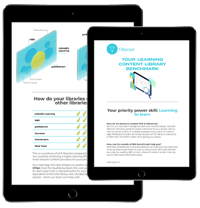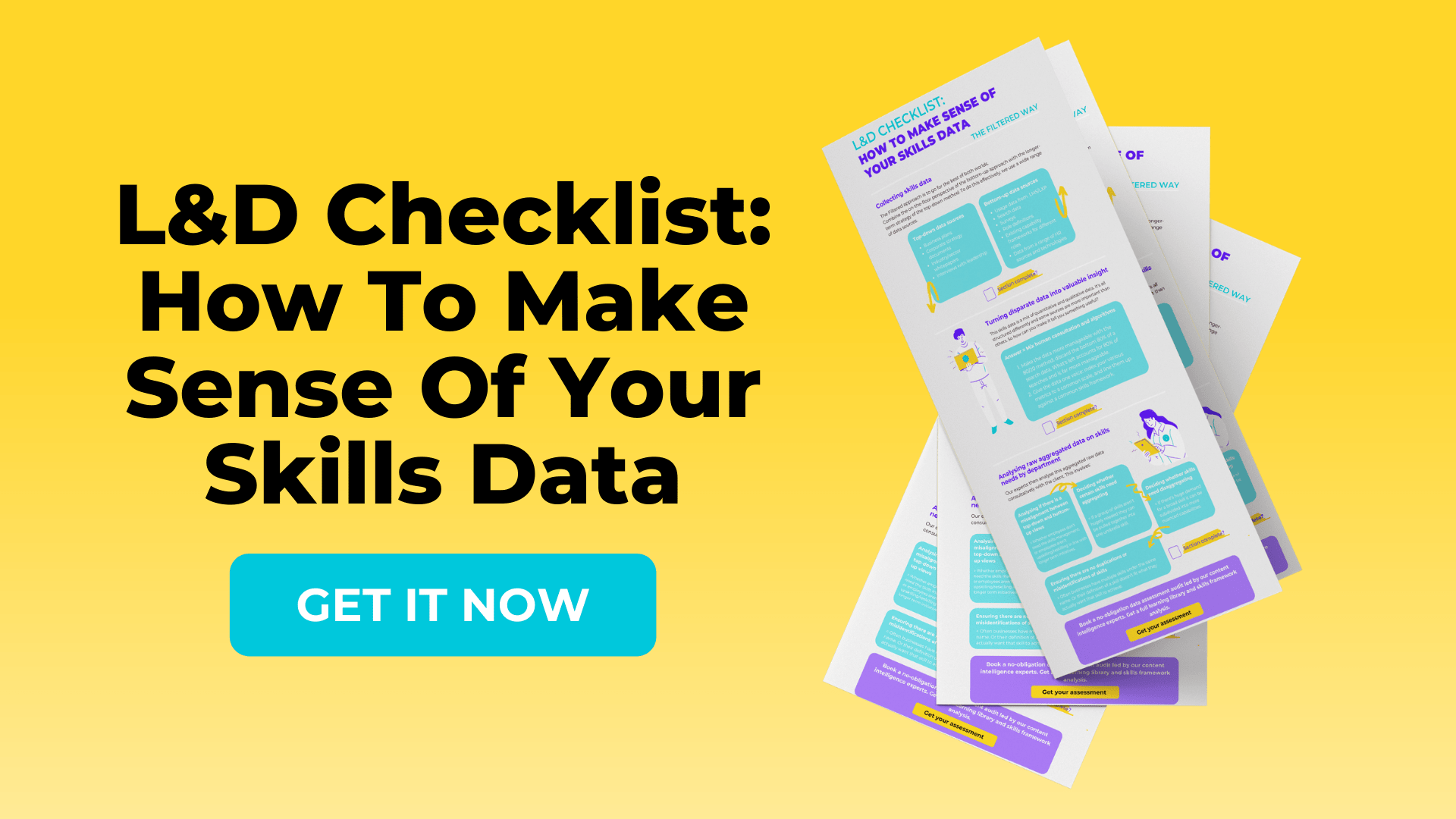We’ve all been indoctrinated with a particular learning ideology. We’re saddled with it early in our lives and its baggage affects us well into adulthood. In reality, the constant battle from engagement L&D has to wage is a direct result of its reverberations.
This ideology comes from an older school of learning theory: psychodynamics.
Psychodynamics, one of Freud's many tenuous legacies, puts subconscious motivations in the driving seat of learning. It suggests that learners are motivated by (usually childhood-rooted) emotional sub-currents that they can’t possibly understand or control. And so, the job of a teacher is to ignore what the learner wants and teach what they know is right.
The name may not have featured heavily in your education, but it shaped it. And at the heart of it is this idea: “we can’t trust people to drive their own learning”.
The problem for L&D is that this way of thinking persisted after we all finished school. Compliance, mandatory, cookie cutter training, separated from the act of working or other people all stem from this assumption.
But in 2021, learning is too important to keep tied up by this ideology. So we need a solution that assumes something different. It’s not about leaving learners to their own devices - it’s clear that just doesn’t work either. Instead, it’s all about making learning as human-centred as possible.
How can L&D humanise learning?
1 - Be present, not pushy
L&D departments often believe that there’s a trade-off between autonomy and engagement. This explains compliance and prescriptive courses. But, by approaching learning from the learner’s perspective, autonomy and engagement don’t have to cancel each other out; in fact, they complement each other as learners are motivated because they feel in control.
A good way of keeping learning constantly in the conversation without imposing too much direction is to make it an option that’s attached to as much of every-day work as possible. For example, providing real-time learning solutions to problems learners face in work gives learners the power to choose whether or not to undertake the learning that you’ve curated for them.
One way to make this happen is to actually cede some control over your content. This is an area where communities of practice and social learning is really useful. Some of our clients use MS Teams for this purpose. They set up a channel for a specific department or initiative and have a tab for which L&D curates relevant content.
Then, when someone naturally comes up against an issue, someone else in that channel, or even a learning integration, can recommend content that fits their exact need. This is one of many ways that L&D can help while still putting the learner in the driving seat.

Find out which learning library providers offer the most relevant content for the goals of your workforce. Get an instant learning content library benchmark here.
2 - Use data to track aspiration
Humanism emphasises that the driving force behind learner motivation is self-actualisation. But how do you, as a learning department, help your learners feel like they’re reaching their individual potential?
The key, we’ve found, is in the data. While, obviously, corporate learning can’t cater for aspiring flautists or darts players, professional goals are easier to predict. Because they don’t come out of a vacuum. They’re a mix of professional circumstance - industry challenges, business and department specific initiatives, company culture - and personal growth opportunities - career progression, specialisation, professional self-image.
Not in the skills framework
If you get enough data, you can cross reference these two inputs and get an algorithmic blueprint of the kind of things that will drive each person’s professional self-actualization. In fact, that’s a large part of what we do.
Getting the data isn’t difficult. For a lot of the personal stuff, you just need to ask. People are happy to share their professional aspirations with their learning provider - you just need to pick incisive questions. The organisation wide stuff you can pull together from business strategy documents, industry wide-studies, and HR data etc. For a quick-start: we’ve actually put together a template detailing all the data you’ll need.
All that’s left to do then is standardise your findings and tag your content accordingly. Getting that right means that technology can take over the “guide” role that humanism gives for teachers.
3 - Personalise the means as well as the content
Humanism takes a holistic approach to learning - the way you learn is as important as what you learn. Both are needed to make the learning stick. The original theory mostly refers to classroom dynamics. However, modern technology can play a big new role in fitting the learning to the learner.
Firstly, you can give learners a choice of means. Some learn better in small doses, some in longer courses. Similarly, some learners prefer video, some text, and some more interactive forms of learning.
While having all the options available is a good start, with the right data, you can start working out the perfect digital learning environment for each learner. We’ve previously analysed learning patterns for clients and found that certain times of the day work better for certain businesses, for example.
But you can go much further: you can find out what type of content works best at what time for each learner. With that information you can optimise the chances that your learning will take on, not just passively experience your learning.
Match every one of your people with personalised skill-based recommendations to spark meaningful learning moments with our smart LXP. See it live.
4 - Build a mentoring framework
As part of its holistic view on learning, humanism argues that social bonds are essential to giving people a reason to learn. People attach more meaning to learning - and so are more likely to retain it - if they get it from their peers who can contextualise it.
Often, this is informal; these bonds spring up as people encounter each other and ask one another for help. That’s harder to achieve in a pandemic. And with remote working increasingly becoming the norm, L&D will have to take action to keep this form of learning alive.
A good way to foster these social bonds while bypassing silent group chats and awkward zoom calls is to develop targeted mentoring frameworks. If a learner’s skills deficit accurately matches a mentor’s skillset you won’t have to strain any L&D muscles to get productive social learning sizzling - self-interest will take care of it.
The only real challenge is getting it accurate at an enterprise scale. Key here, is a robust, data-backed skills framework. If you can define what skills are needed to get to the next level of an organisation, and who has (and who needs) those skills, you can make the matches and trust the mentoring take care of itself.
Or you can take it one step further, and harness a platform that can automatically matchmake learners with mentors, as our LXP can.
The secret to getting more human in 2021? The tech.
As it turns out, the real value of automation, integrated data, and AI in L&D is their ability to foreground the human bit. And with the increased remoteness and autonomy that 2021 promises, tapping into human motivations is essential.
This isn’t to say that L&D should just sit back and let learning devolve into a free-for-all. Instead, learning needs to reevaluate its place as a guide to help learners get to where they want to be. Then engagement will take care of itself..


